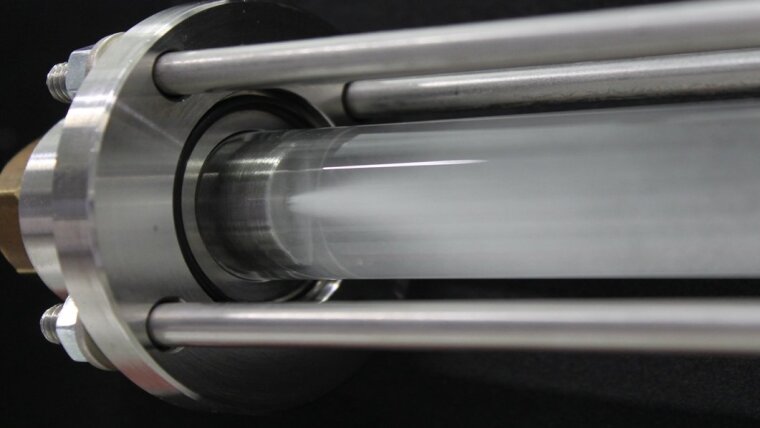Cavitation describes the formation, growth, and collapse of gas- or vapor-filled bubbles in liquids. The physical (microjets, hydrodynamic shear forces, shock waves, microstreaming) and chemical (homolytic bond cleavage, hydroxl radicals) effects associated with bubble collapse can be fruitful for water technology in various ways. Cavitation effects can be generated procedurally by acoustic waves (ultrasound) or hydrodynamic flows but also in combination.
Cavitation can be used to initiate, activate or intensify various processes. For further development of cavitation processes or cavitation-assisted processes, cavitation field analysis is performed. This uses optical or acoustic information and provides insight into the qualitative and quantitative distribution of cavitation fields in a reactor. Furthermore, methods are used to determine the temporally and spatially resolved bubble fields. With this information, bubble field and cavitation field can be correlated with the corresponding effect (degradation kinetics of micropollutants, mineralization, etc.) and used for reactor design as well as process engineering design.
In the Braeutigam group cavitation reactors for different applications are designed, built and tested as well as optimized and further developed. This also includes the integration of sensor technology and, if possible, basic control and regulation of the plants. Furthermore, industrial plants are also designed and adapted together with corresponding companies on the basis of the laboratory tests.

